Market Trends
Key Emerging Trends in the Refractory Material Market
The Refractory Material Market is currently undergoing dynamic trends driven by the demand from various industries such as steel, cement, glass, and non-ferrous metals, coupled with advancements in technology, sustainability considerations, and evolving global economic landscapes. One significant trend is the increasing demand for high-performance refractory materials in the steel industry. As steel production processes continue to evolve, with an emphasis on efficiency and sustainability, the need for refractories capable of withstanding extreme temperatures and aggressive chemical environments is growing. This trend aligns with the steel industry's quest for innovative solutions that enhance the lifespan and performance of refractory linings in furnaces and other high-temperature applications.
Moreover, the cement industry is a major contributor to the momentum in the Refractory Material Market. Refractories play a crucial role in cement kilns, where they are subjected to high temperatures and abrasive conditions. The trend in the cement sector is towards the development of refractory materials that offer longer service life, reduced maintenance costs, and improved energy efficiency. This aligns with the industry's focus on sustainability and cost-effective solutions, as refractories significantly impact the overall efficiency and environmental performance of cement manufacturing processes.
Technological advancements in refractory materials are shaping market trends in the Refractory Material Market. Innovations in raw material formulations, manufacturing processes, and the incorporation of nanotechnology are optimizing the properties and performance of refractories. The market is witnessing the development of advanced monolithic refractories, which offer flexibility in design, ease of installation, and enhanced thermal shock resistance. This trend is crucial for meeting the evolving needs of industries where refractory materials are applied, ensuring durability, efficiency, and cost-effectiveness.
Sustainability considerations are becoming increasingly important in shaping market dynamics in the Refractory Material Market. Manufacturers are exploring sustainable sourcing of raw materials, eco-friendly production processes, and recyclable options for refractory products. This trend aligns with the broader industry movement towards environmentally responsible practices, reflecting the commitment to reducing the environmental impact of refractory materials and meeting the growing demand for sustainable solutions.
E-commerce is playing a role in reshaping the distribution channels of refractory materials. The convenience of online platforms for product discovery, comparison, and purchase is influencing buyer behavior in the industrial materials sector. Manufacturers and distributors are adapting to this trend by enhancing their online presence, providing detailed product information, and offering efficient delivery services. The accessibility of refractory materials through e-commerce platforms contributes to increased market reach and customer engagement.
The mining and metal industry's influence on refractory material trends is significant, with refractories being essential in the production of non-ferrous metals such as aluminum, copper, and nickel. As the demand for these metals continues to grow, there is an increased need for refractories that can withstand the harsh conditions of metal extraction and refining processes. This trend aligns with the mining and metal industry's focus on efficiency, cost-effectiveness, and the reduction of downtime in high-temperature applications.
Regulatory considerations and adherence to industry standards are pivotal factors shaping market dynamics in the Refractory Material Market. Given the critical role of refractories in industries such as steel, cement, and non-ferrous metals, compliance with regulations related to product quality, safety, and environmental impact is paramount. Companies are investing in research and development to ensure that their refractory products meet or exceed regulatory requirements, providing assurances to industries that rely on these materials.
Strategic collaborations and partnerships are emerging as trends in the Refractory Material Market. Companies are exploring synergies through joint ventures, alliances, and collaborations to enhance research, development, and commercialization efforts. The collaborative approach allows for the exchange of expertise, resources, and market insights, fostering innovation and ensuring the continuous growth of the refractory material industry.

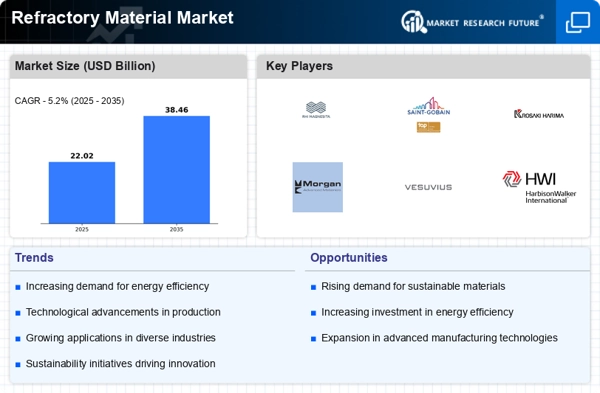
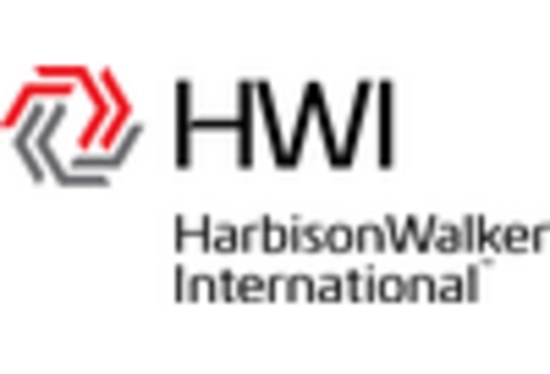
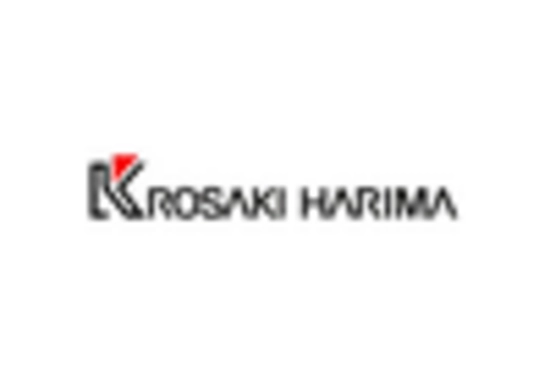
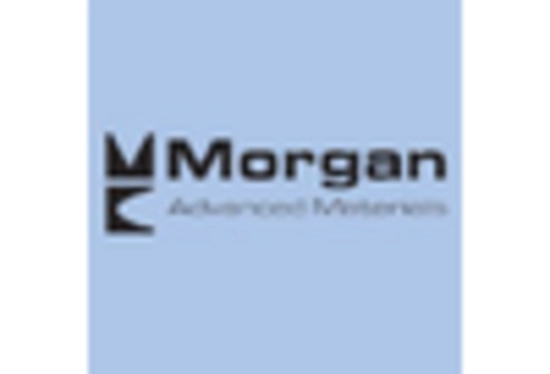
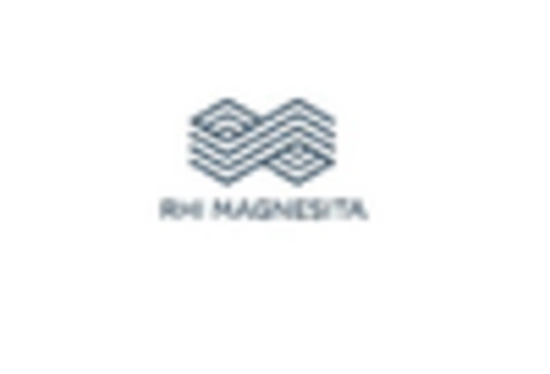

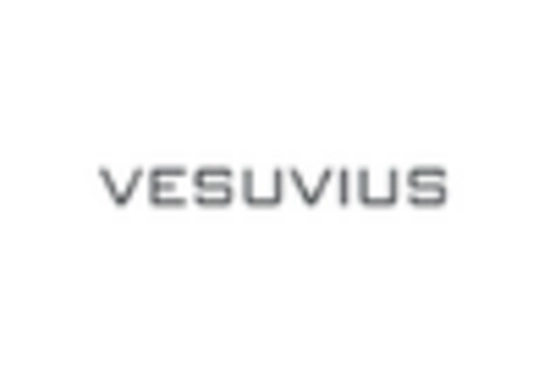









Leave a Comment